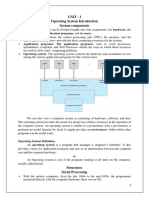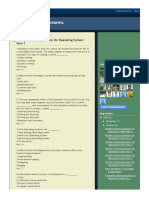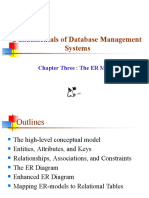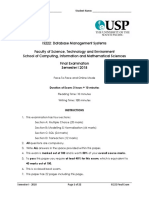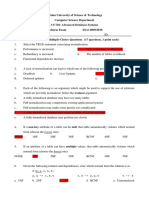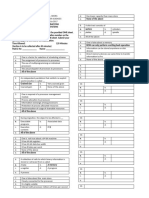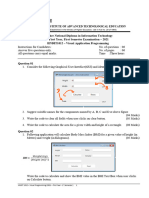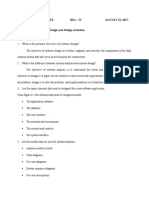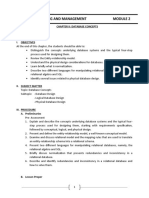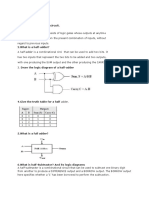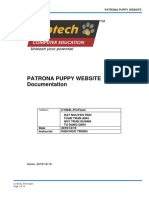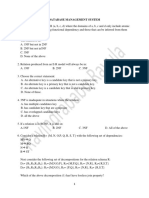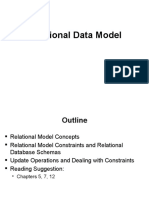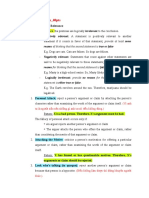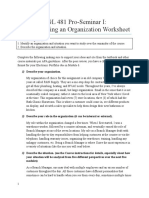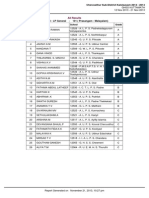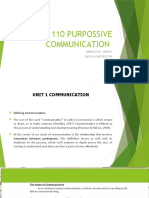0% found this document useful (0 votes)
201 views24 pagesRelational Data Model and Relational Constraints-CIS
The document discusses the relational data model and relational constraints. It defines key concepts like relations, tuples, attributes, domains, and schemas. It describes key constraints including primary keys and foreign keys. It also covers entity integrity constraints and referential integrity constraints. Update operations like insert, delete, and modify are discussed along with maintaining integrity during updates.
Uploaded by
Fatima AhmedCopyright
© Attribution Non-Commercial (BY-NC)
We take content rights seriously. If you suspect this is your content, claim it here.
Available Formats
Download as PPT, PDF, TXT or read online on Scribd
0% found this document useful (0 votes)
201 views24 pagesRelational Data Model and Relational Constraints-CIS
The document discusses the relational data model and relational constraints. It defines key concepts like relations, tuples, attributes, domains, and schemas. It describes key constraints including primary keys and foreign keys. It also covers entity integrity constraints and referential integrity constraints. Update operations like insert, delete, and modify are discussed along with maintaining integrity during updates.
Uploaded by
Fatima AhmedCopyright
© Attribution Non-Commercial (BY-NC)
We take content rights seriously. If you suspect this is your content, claim it here.
Available Formats
Download as PPT, PDF, TXT or read online on Scribd
/ 24





